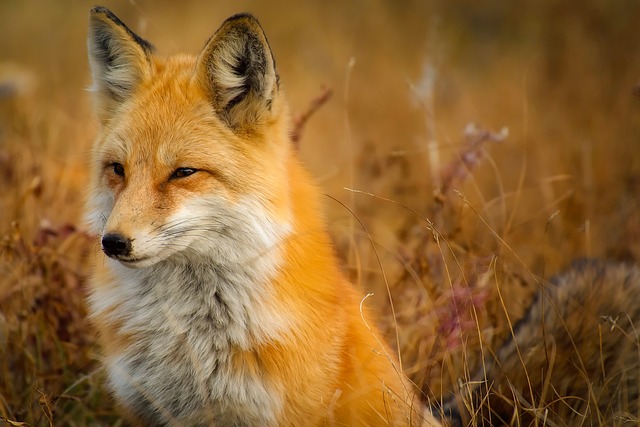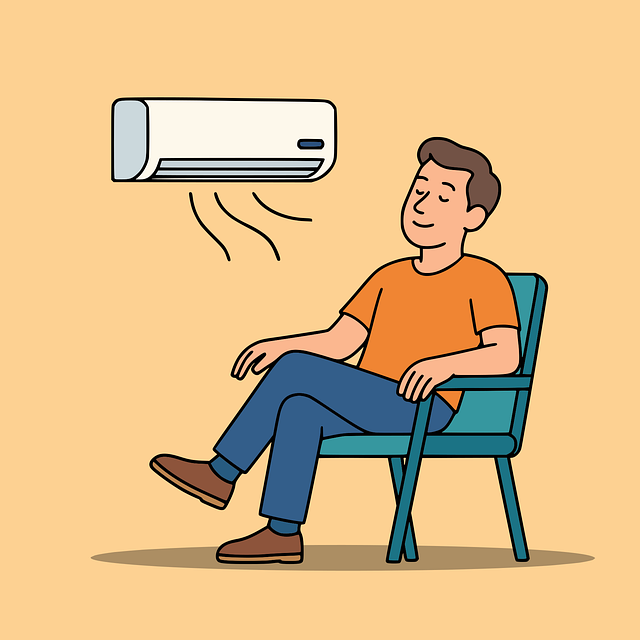Centennial homeowners can minimize beaver damage by learning to identify animal tracks and signs of activity, such as chewed tree trunks and dams. Regular yard scans for webbed feet with claws indicate potential beaver presence. Proactive measures include physical barriers, scent repellents, and visual deterrents, with regular maintenance ensuring protection from beaver intrusion in urban areas like Centennial.
“Protecting your Centennial yard from curious beavers? This comprehensive guide explores the art of wildlife control, focusing on beaver damage prevention. Discover the secrets to understanding these formidable creatures through our ‘Understanding Beaver Behavior’ section, offering a century’s worth of insights. Learn to decipher their tracks with our easy-to-follow ‘Deciphering Tracks’ guide, and equip yourself with proven strategies to keep beavers at bay in the ‘Effective Prevention Strategies’ section. Find out how to identify animal footprints in your yard and take control.”
- Understanding Beaver Behavior: A Centennial Guide
- Deciphering Tracks: Identifying Animal Footprints
- Effective Prevention Strategies for Beaver Damage
Understanding Beaver Behavior: A Centennial Guide

Beavers are fascinating creatures with distinct behaviors that can both benefit and challenge homeowners, especially those in areas like the Centennial region. Understanding their habits is crucial for effective wildlife control and damage prevention. When identifying animal tracks in your Centennial yard, look out for signs of beaver activity, such as chewed tree trunks, water-related features like dams or puddles, and gnawed branches. These tracks can provide valuable insights into the presence and behavior patterns of beavers in your area.
By observing these behaviors, you’ll gain a deeper understanding of their routine, which includes building dams for flooding nearby trees to reach desired food sources, chewing bark for essential nutrients, and creating canals for efficient travel. Recognizing these activities is key to implementing appropriate control measures. For instance, if beavers are damming up your irrigation system or local creek, you might consider using deterrents or physical barriers to disrupt their efforts. Knowing and anticipating beaver behavior allows Centennial residents to coexist peacefully with these natural visitors while minimizing potential yard damage.
Deciphering Tracks: Identifying Animal Footprints

In your Centennial yard, deciphering tracks can be a valuable skill for identifying and mitigating potential beaver damage. By learning to recognize animal footprints, you gain an early warning system, enabling proactive measures to protect your property from these industrious creatures. Beavers are known for their distinctive track patterns—look for wide, webbed feet with distinct claws, often leaving deep imprints in soft ground or muddy areas.
Focus on the size and spacing of tracks, as beavers typically leave larger prints than other common local animals. Regularly scanning your yard, especially along streams or water sources, can help you quickly identify any unusual activity. Identifying these tracks early is crucial for preventing beaver-related damage to your lawn, trees, and landscaping before it becomes a bigger issue.
Effective Prevention Strategies for Beaver Damage

Effective prevention strategies are key to mitigating beaver damage, especially in urban areas like Centennial. One crucial step is learning to identify animal tracks and signs of activity in your yard. By observing patterns and characteristics unique to beavers, such as chew marks on trees or dam-like structures, you can promptly detect their presence. This early detection allows property owners to take proactive measures before significant damage occurs.
Implementing physical barriers like fence systems specifically designed to deter beavers is another proven strategy. These fences should be buried beneath the ground and extend several feet outward to prevent beavers from digging underneath. Additionally, using scent repellents or visual deterrents can help keep beavers at bay. Regular maintenance and inspection of these measures ensure their effectiveness in protecting your Centennial yard from unwanted beaver activity.
Beaver damage can be a nuisance, but with a deep understanding of their behavior and effective prevention strategies, residents of Centennial can protect their yards. By deciphering beaver tracks and implementing tailored solutions, it’s possible to minimize impact while respecting these fascinating creatures’ presence in our landscape. Remember, knowing your enemy is the first step to victory—or in this case, keeping your garden intact. When observing animal footprints in your Centennial yard, you may find a wealth of information that helps you navigate potential beaver damage prevention successfully.
